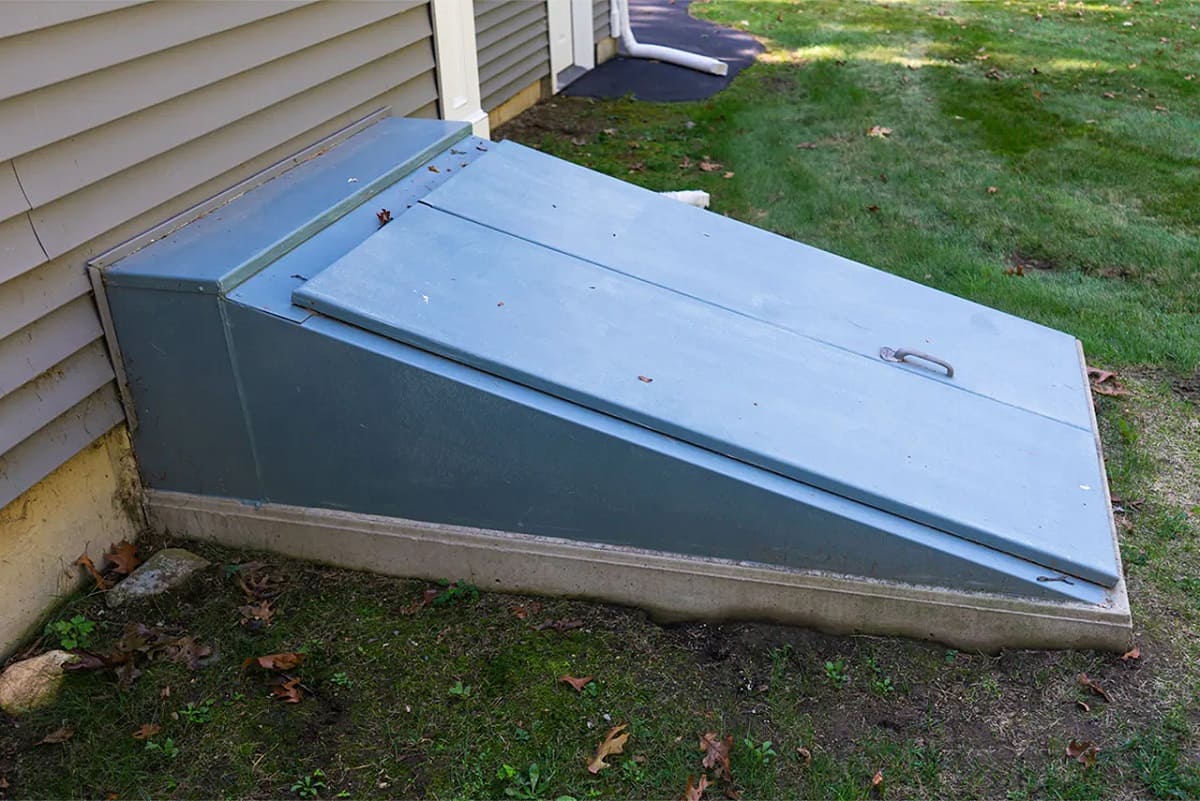

Articles
What Is A Basement Bulkhead
Modified: December 7, 2023
Discover the benefits and uses of bulkhead basements in our informative articles. Learn how they can add valuable space and functionality to your home.
(Many of the links in this article redirect to a specific reviewed product. Your purchase of these products through affiliate links helps to generate commission for Storables.com, at no extra cost. Learn more)
Introduction
A bulkhead basement can be a valuable addition to any home, providing additional space and access to the outdoors. But what exactly is a bulkhead basement and why might you consider installing one? In this article, we will explore the definition, construction, benefits, considerations, common uses, and maintenance of a bulkhead basement. So whether you are planning to build a new home or looking to add extra functionality to your existing property, this article will provide you with the information you need to make an informed decision.
Key Takeaways:
- A bulkhead basement is an exterior access point to the basement, providing convenient entry, increased storage space, and versatile usage, making it a valuable addition to any property.
- Proper construction, maintenance, and consideration of factors such as building codes, security, and insulation are essential for maximizing the benefits and longevity of a bulkhead basement.
Read more: What Is A Basement
Definition of a Bulkhead Basement
A bulkhead basement, also known as a cellar door or a basement entryway, is an exterior access point to the basement of a building. It typically consists of a set of hinged doors or a sliding door located on the exterior wall of the building that provides access to the basement area. The doors are usually made of steel, aluminum, or wood and are designed to be weather-resistant and secure.
Unlike traditional basement entry points, such as staircases or interior doors, a bulkhead basement is positioned on the outside of the building. This allows for direct access to the basement without the need to enter the main living space of the building. This can be especially convenient for activities that require frequent access to the basement, such as storage, laundry, or home improvement projects.
It’s important to note that while the terms “bulkhead basement” and “cellar door” are often used interchangeably, there is a slight difference between the two. A bulkhead basement is typically larger and more spacious, designed to accommodate people and larger items, while a cellar door is usually narrower and primarily used for accessing storage areas.
In summary, a bulkhead basement is an exterior access point to the basement of a building, providing a convenient and separate entryway to the lower level of the property.
Purpose of a Bulkhead Basement
The primary purpose of a bulkhead basement is to provide convenient access to the basement area of a building. This access can serve a variety of purposes and benefits, including:
- Storage: A bulkhead basement offers an ideal space for storing items that are not frequently needed but still need to be easily accessible. It allows for the storage of bulky items such as seasonal decorations, gardening tools, outdoor furniture, and sporting equipment.
- Utility Access: Many utility systems, such as HVAC units, water heaters, and electrical panels, are often located in the basement. A bulkhead basement provides direct access to these systems, making it easier for maintenance and repairs when needed.
- Laundry: Having a bulkhead basement can make doing laundry more convenient. You can set up a laundry area in the basement, away from the main living spaces of the house, reducing noise and clutter.
- Workshop or Hobby Area: The additional space offered by a bulkhead basement can be transformed into a workshop or hobby area. Whether you enjoy woodworking, crafting, or any other hobby, having a designated space in the basement allows for a separate area where you can pursue your passions.
- Emergency Exit: In the case of an emergency, a bulkhead basement can serve as an alternative exit from the home. This can be especially useful if the main entrance or a traditional basement staircase is blocked or inaccessible.
By providing easy access and additional space, a bulkhead basement enhances the functionality and versatility of a home. It offers practical solutions for storage, utility access, laundry, and creates opportunities for creating dedicated workspaces or emergency exits.
Construction of a Bulkhead Basement
The construction of a bulkhead basement involves several key steps to ensure structural integrity, durability, and functionality. Let’s explore the main components and considerations involved in the construction process:
- Foundation Preparation: The first step in constructing a bulkhead basement is to prepare the foundation of the building. This may involve excavating the ground to create a space for the bulkhead doors and ensuring a stable base for installation.
- Bulkhead Doors: The bulkhead doors are the most prominent feature of a bulkhead basement. These doors are typically made from steel, aluminum, or wood to withstand the outdoor elements. They are designed to be weather-resistant, providing a secure and durable entryway to the basement.
- Frame and Walls: A proper frame and walls are essential for the stability and longevity of the bulkhead basement. Metal or wooden frames are constructed around the bulkhead doors, providing support and reinforcement. The walls surrounding the bulkhead doors must be constructed using materials that are resistant to moisture and damage.
- Sealing and Insulation: Proper sealing and insulation are crucial to prevent water leaks, drafts, and heat loss in a bulkhead basement. Weatherstripping is applied around the edges of the bulkhead doors to create a tight seal, while insulation materials are used to maintain a comfortable temperature within the basement.
- Stairway or Steps: Depending on the design and layout of the building, a stairway or steps may be required to provide easy access from the bulkhead doors to the basement floor. These should be constructed in a safe and sturdy manner, adhering to local building codes and regulations.
- Finishing Touches: Once the construction of the bulkhead basement is complete, finishing touches can be added to enhance its appearance and functionality. This may include painting, adding handrails, installing lighting fixtures, and incorporating storage solutions.
It is important to note that the construction process may vary depending on the specific design and requirements of the bulkhead basement. It is recommended to consult with professionals, such as contractors or builders, who specialize in basement construction to ensure that the project is executed properly and according to local building codes.
Benefits of a Bulkhead Basement
A bulkhead basement offers several key benefits that can greatly enhance the functionality and value of a property. Let’s explore some of the advantages of having a bulkhead basement:
- Convenient Access: One of the main advantages of a bulkhead basement is the convenient access it provides to the lower level of the building. Instead of going through the main living space or using interior staircases, you can directly enter the basement from outside. This makes it easier to transport bulky items, such as furniture or appliances, in and out of the basement.
- Increased Storage Space: A bulkhead basement offers additional storage space, allowing you to effectively organize and store items that may not fit or be appropriate for other areas of the home. Whether it’s seasonal decorations, gardening tools, or sporting equipment, having a dedicated storage area in the basement helps to declutter other living spaces and keep belongings easily accessible.
- Multi-Purpose Usage: The versatility of a bulkhead basement allows for various uses. It can be transformed into a laundry room, a home office, a workshop, or even a recreational area such as a home gym or game room. This additional space provides flexibility in adapting the basement to suit your individual needs and lifestyle.
- Enhanced Property Value: Adding a bulkhead basement can significantly increase the value of your property. The extra living space and functionality it offers are appealing to potential buyers and can make your home stand out in the real estate market. It is a worthwhile investment that can provide a return when it comes time to sell.
- Emergency Exit: In the event of an emergency, a bulkhead basement can serve as an alternative exit point from the home. If the main entrance or interior staircases are blocked or inaccessible, the bulkhead doors offer a safe means of escape. This added safety feature can provide peace of mind for homeowners.
- Energy Efficiency: With proper insulation and sealing, a bulkhead basement can contribute to the overall energy efficiency of the home. Insulation helps regulate the temperature in the basement, reducing heat loss in the winter and preventing hot air from entering in the summer. This can lead to lower energy consumption and reduced utility bills.
Overall, a bulkhead basement offers numerous benefits, including convenient access, increased storage space, multi-purpose usage, enhanced property value, emergency exit capabilities, and improved energy efficiency. Consider adding a bulkhead basement to your home to enjoy these advantages and maximize the potential of your living space.
A bulkhead basement is a type of basement with an exterior entrance typically located at ground level. It provides easy access for storage and maintenance, and can also serve as an emergency exit.
Read more: What Is A Basement Apartment
Considerations for Installing a Bulkhead Basement
Before installing a bulkhead basement, there are several important considerations to keep in mind. Taking these factors into account will ensure a successful installation and maximize the benefits of your new basement entryway. Let’s explore these considerations:
- Building Codes and Permits: It is crucial to comply with local building codes and obtain the necessary permits for installing a bulkhead basement. This ensures that the construction meets safety standards and regulations specific to your area. Consulting with a professional contractor or builder can help navigate the permitting process.
- Location of the Bulkhead: The placement of the bulkhead doors is an important consideration. Consider factors such as the accessibility to the basement, proximity to main living areas, and any potential obstructions that may hinder the functionality of the bulkhead doors.
- Waterproofing and Drainage: Basements are prone to moisture, so proper waterproofing and drainage measures must be in place. This includes ensuring that the bulkhead doors are weather-resistant and sealed properly to prevent water infiltration. Additionally, grading the surrounding landscape away from the basement and installing adequate drainage systems will help divert water away from the area.
- Security Measures: Since the bulkhead doors serve as an exterior access point, security should be a top priority. Consider installing secure locks, reinforced materials, and an alarm system if desired to ensure the safety of your home and belongings.
- Insulation and Energy Efficiency: Proper insulation is important to maintain a comfortable temperature in the bulkhead basement. Quality insulation materials and sealing techniques should be utilized to minimize heat loss in the winter and prevent air leaks. This will result in improved energy efficiency and reduced heating or cooling costs.
- Customization and Design: Consider how the bulkhead basement will integrate with the overall aesthetic of your home. Customization options include the choice of materials, colors, and finishes, allowing you to match the design of the bulkhead doors to suit your preferences and complement the existing exterior of your property.
- Budget and Timeframe: Installing a bulkhead basement requires financial investment and time. It’s important to establish a realistic budget and timeline for the project. Obtaining quotes from contractors and discussing the project timeline will help you plan accordingly and avoid any unexpected delays or expenses.
By carefully considering these factors, you can ensure that the installation of your bulkhead basement is successful, meets building code requirements, provides necessary security, incorporates proper waterproofing and insulation, and aligns with your personal preferences and budget. Consulting with professionals is highly recommended to guide you through the process and ensure a smooth installation.
Common Uses of a Bulkhead Basement
A bulkhead basement offers a versatile and flexible space that can be utilized in a variety of ways. Here are some common uses for a bulkhead basement:
- Storage Area: One of the most common uses for a bulkhead basement is as a storage area. Its convenient access allows for easy storage of seasonal items, household supplies, and other belongings that are not frequently used. Shelving units, bins, and hooks can be added to maximize storage space and keep things organized.
- Laundry Room: Transforming a bulkhead basement into a laundry room can be a practical use of the space. By installing plumbing connections and setting up a washer and dryer, you can have a separate area dedicated to doing laundry. This keeps the noise and mess associated with laundry away from the main living areas of the house.
- Home Office: If you need a designated workspace, a bulkhead basement can be converted into a home office. Set up a desk, add some storage solutions, and create a comfortable working environment. The separate entryway also provides privacy and reduces distractions.
- Workshop or Hobby Area: A bulkhead basement is an ideal location for a workshop or hobby area. Whether you enjoy woodworking, crafting, or painting, having a separate space to pursue your hobbies can be highly beneficial. It provides a dedicated area to unleash your creativity without disrupting other parts of the home.
- Playroom or Entertainment Area: Families with children can convert a bulkhead basement into a playroom, creating a designated space for kids to have fun and play indoors. Additionally, it can serve as an entertainment area where you can set up a home theater, gaming station, or a space for gathering with friends and family.
- Home Gym: Fitness enthusiasts can transform a bulkhead basement into a home gym. Set up exercise equipment, install mirrors, and create an environment that motivates you to work out. The privacy of the bulkhead basement allows for uninterrupted exercise sessions.
- Additional Living Space: For homeowners looking to expand their living space, a bulkhead basement can be finished to create an additional room or living area. Whether it’s a guest bedroom, a home theater, or a cozy family room, the spaciousness of a bulkhead basement provides endless possibilities for customization.
These are just a few examples of the many ways a bulkhead basement can be utilized. The flexibility of this space allows you to tailor it to your specific needs and interests. Whether it’s for practical storage purposes or creating a dedicated space for hobbies and relaxation, a bulkhead basement offers endless possibilities for enhancing the functionality and enjoyment of your home.
Maintenance and Repair of a Bulkhead Basement
Maintaining and repairing a bulkhead basement is essential to ensure its longevity, functionality, and safety. Regular maintenance and timely repairs can help avoid costly issues and maintain the overall condition of the structure. Here are some key considerations for maintaining and repairing a bulkhead basement:
- Cleanliness: Regularly clean the bulkhead doors, frame, and surrounding area to remove dirt, debris, and leaves. This will prevent clogging of drainage systems and ensure the smooth operation of the doors.
- Inspection: Perform routine inspections to check for signs of damage or wear. Look for any cracks, rust, or deterioration in the bulkhead doors, frame, and walls. If any issues are detected, address them promptly to prevent further damage.
- Weathertightness: Inspect the weatherstripping and seals around the bulkhead doors to ensure they are intact and properly sealed. Replace any damaged or worn-out weatherstripping to maintain the weathertightness of the bulkhead basement and prevent water infiltration.
- Drainage System: Regularly inspect and clean the drainage system surrounding the bulkhead basement. Ensure that gutters, downspouts, and drain pipes are free from debris and functioning properly to prevent water buildup around the area.
- Painting and Finishing: If the bulkhead doors or surrounding walls are painted, periodically inspect the paint for any signs of chipping or peeling. Touch up or repaint as needed to protect the surface from corrosion and maintain its appearance.
- Lubrication: Lubricate hinges, handles, and moving parts of the bulkhead doors to ensure smooth operation. Use appropriate lubricants recommended by the manufacturer to prevent rusting and keep the doors functioning properly.
- Repairing damage: In the event of any damage to the bulkhead doors, frame, or surrounding walls, it is important to address it promptly. Small cracks or rust spots can be repaired using appropriate sealants or rust inhibitors. For larger damage or structural issues, it is advisable to consult a professional contractor or builder for proper repair and reinforcement.
- Professional Inspection: Periodically, consider hiring a professional to conduct a comprehensive inspection of the bulkhead basement. They can assess the overall condition, identify any potential issues, and provide recommendations for maintenance or repairs.
By incorporating these maintenance practices and addressing any necessary repairs in a timely manner, you can ensure the longevity and functionality of your bulkhead basement. Regular care and maintenance will help preserve the structure, prevent water infiltration, and maintain the security and convenience that a bulkhead basement offers.
Conclusion
A bulkhead basement is a valuable addition to any property, offering convenient access to the lower level of a building and providing versatile space for various purposes. Whether you utilize it for storage, a laundry room, a workshop, or even as additional living space, a bulkhead basement enhances the functionality, organization, and value of your home.
Understanding the construction, benefits, considerations, common uses, and maintenance of a bulkhead basement is crucial to make informed decisions and ensure a successful installation. Paying attention to building codes, proper sealing, insulation, and security measures is key to the long-term durability and efficiency of the structure.
Regular maintenance, such as cleaning, inspections, and timely repairs, is essential to preserve the integrity and functionality of the bulkhead basement. By investing in proper care and maintenance, you can avoid potential issues and ensure the longevity of this valuable addition to your property.
In conclusion, a bulkhead basement provides convenience, versatility, and added value to your home. Whether you need extra storage space, a dedicated workspace, or a recreational area, a bulkhead basement offers endless possibilities for customization. Consider installing a bulkhead basement to maximize the potential of your living space and enhance the overall functionality of your home.
Frequently Asked Questions about What Is A Basement Bulkhead
Was this page helpful?
At Storables.com, we guarantee accurate and reliable information. Our content, validated by Expert Board Contributors, is crafted following stringent Editorial Policies. We're committed to providing you with well-researched, expert-backed insights for all your informational needs.
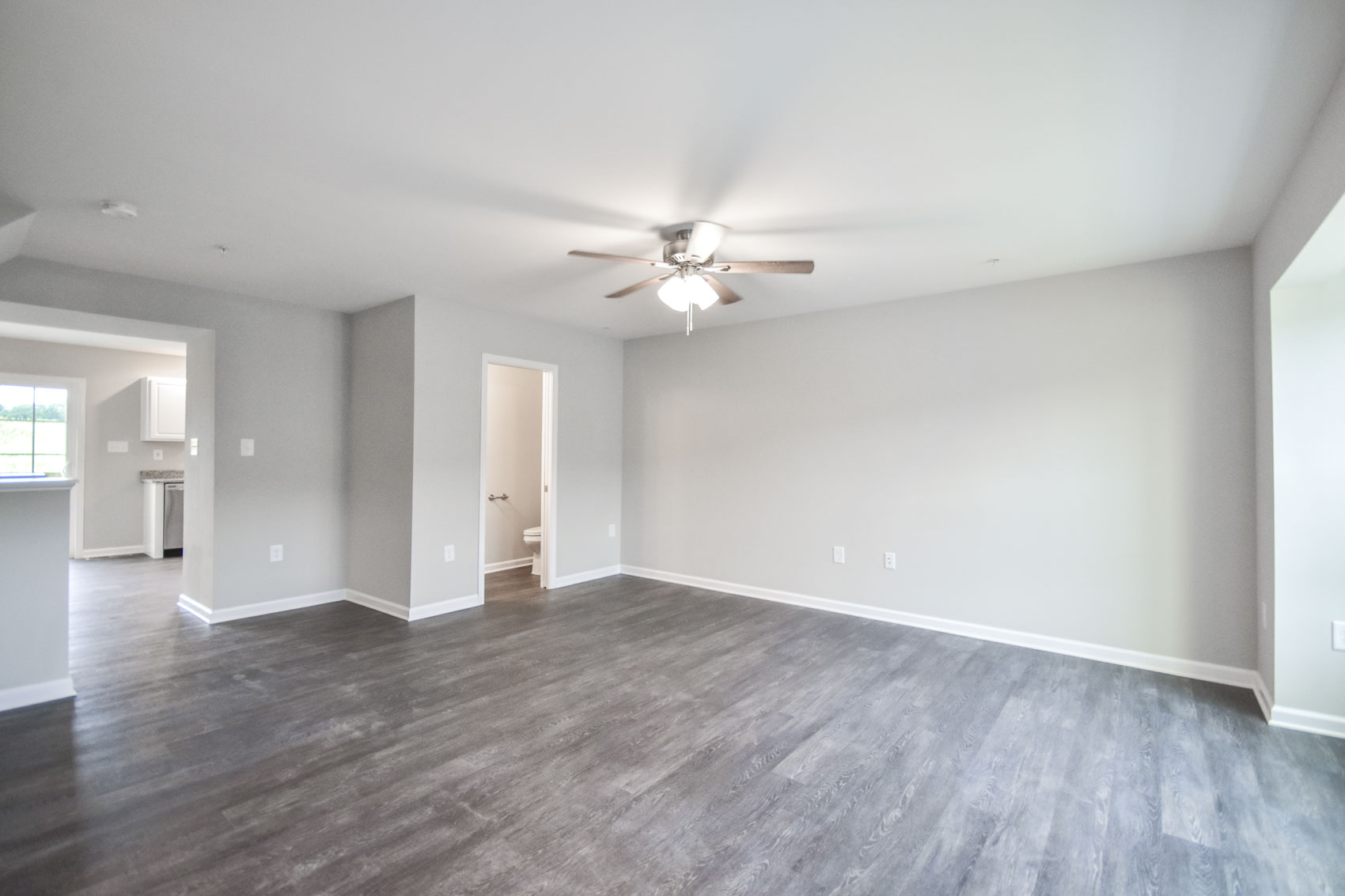
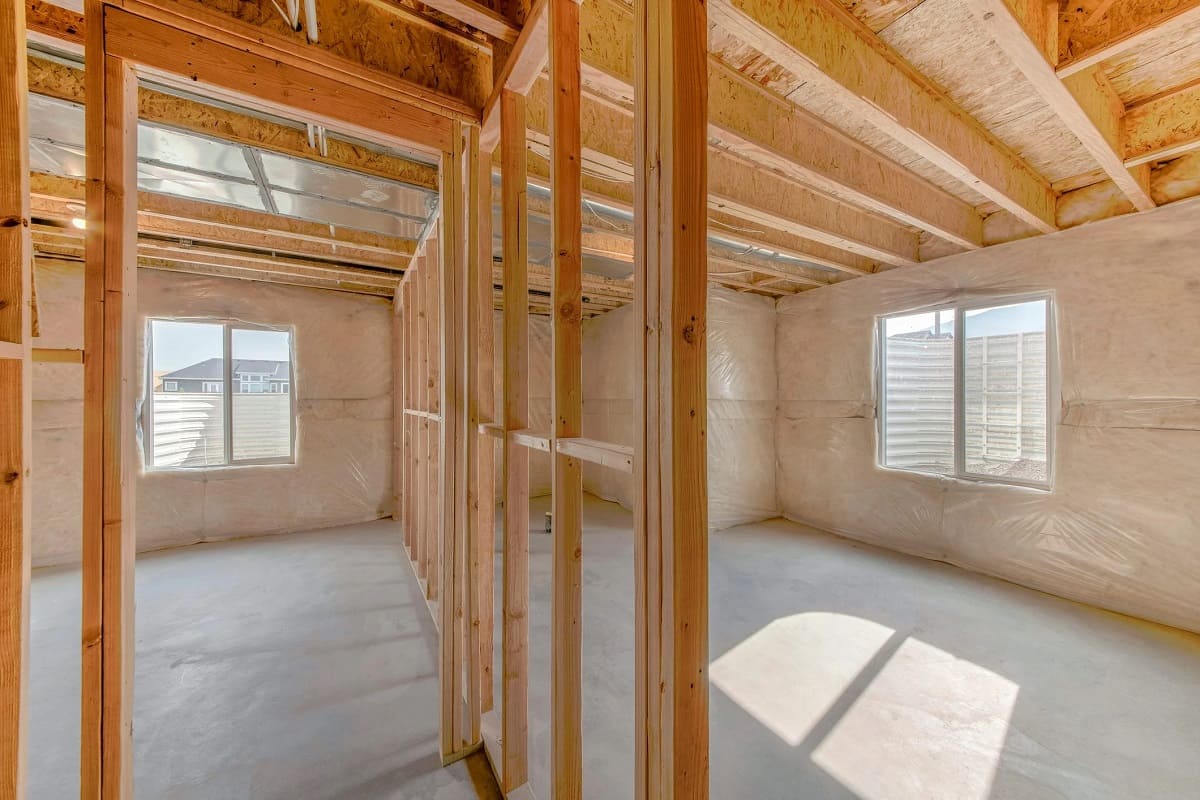
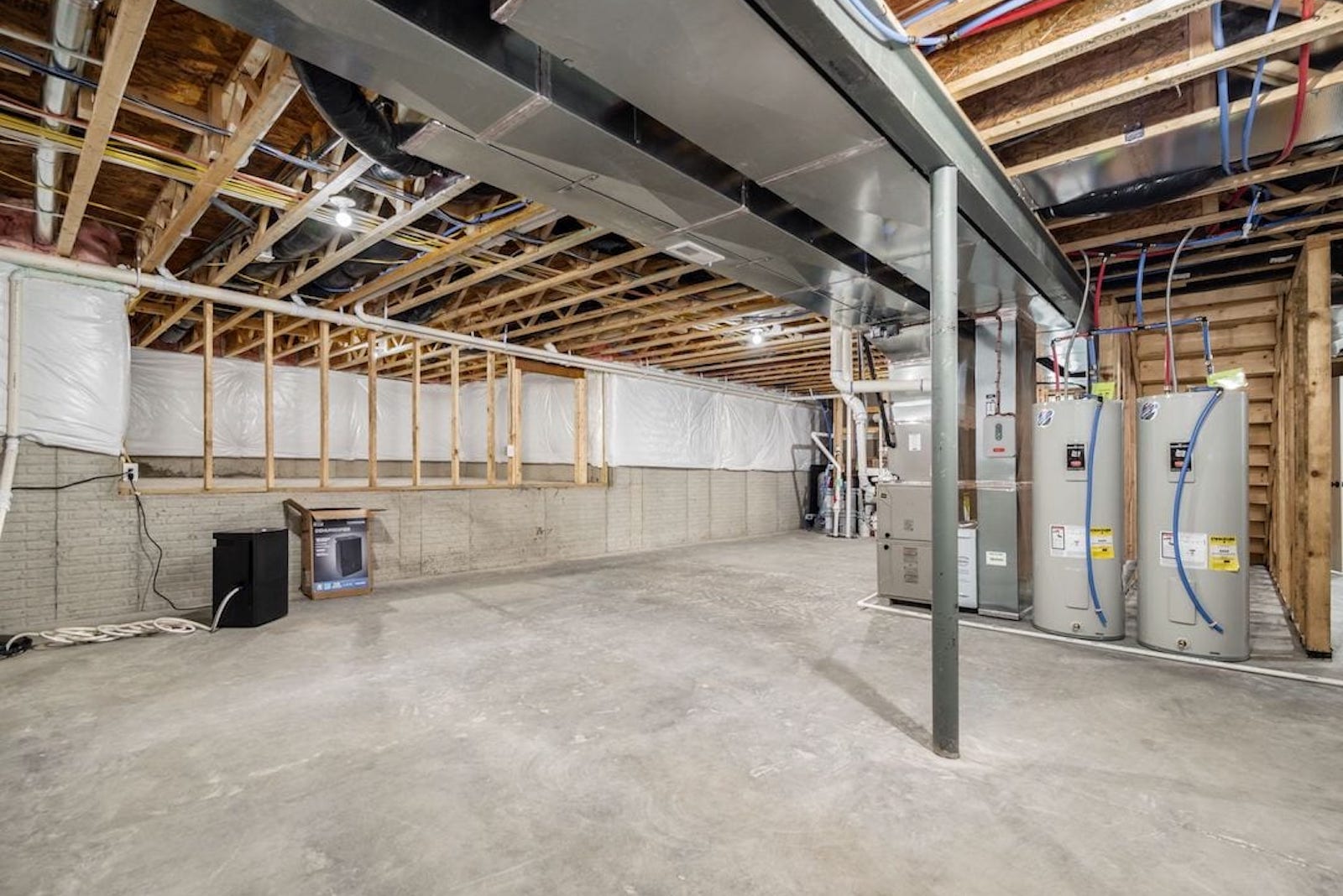
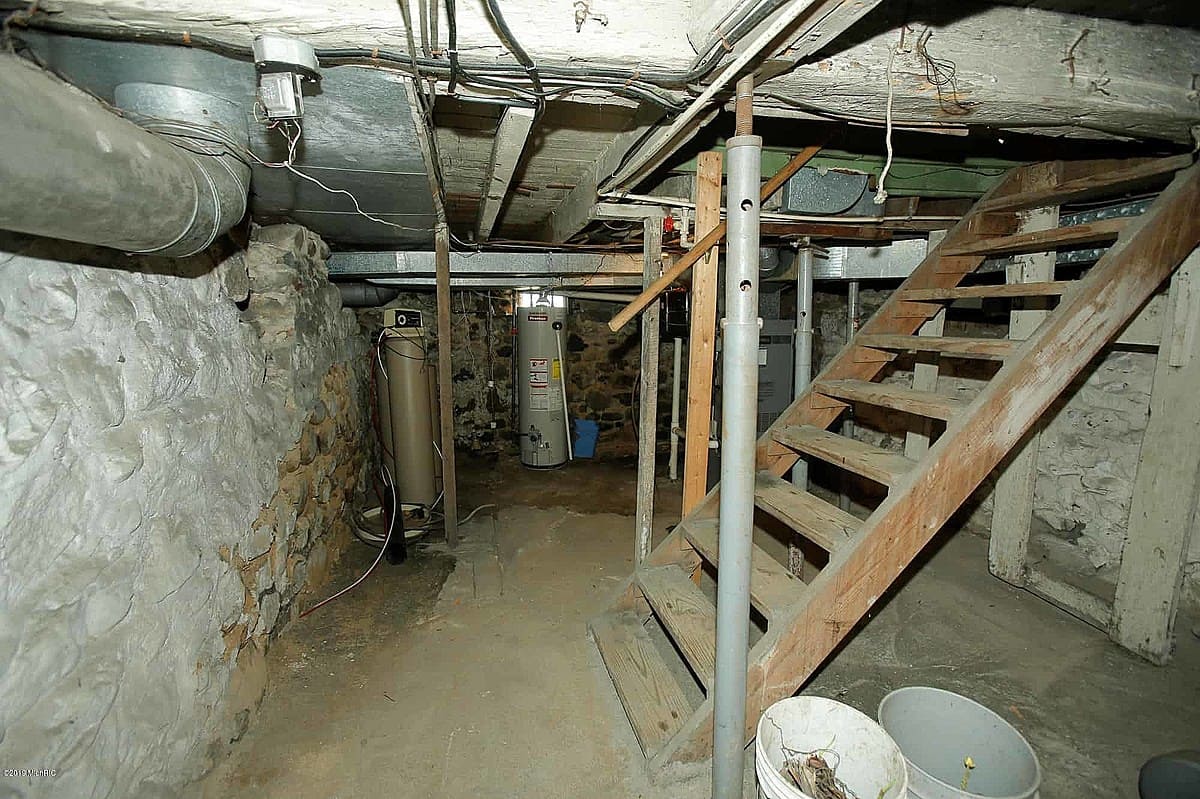
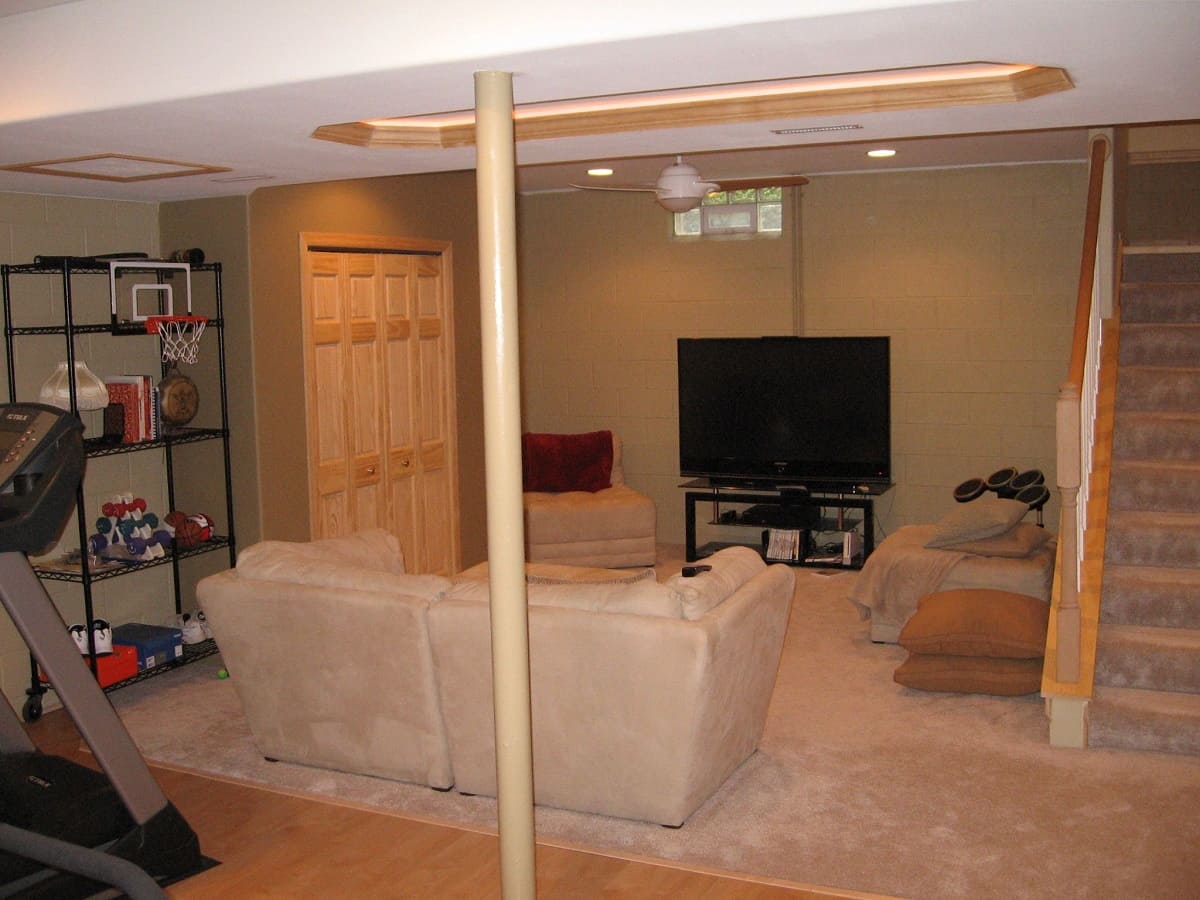
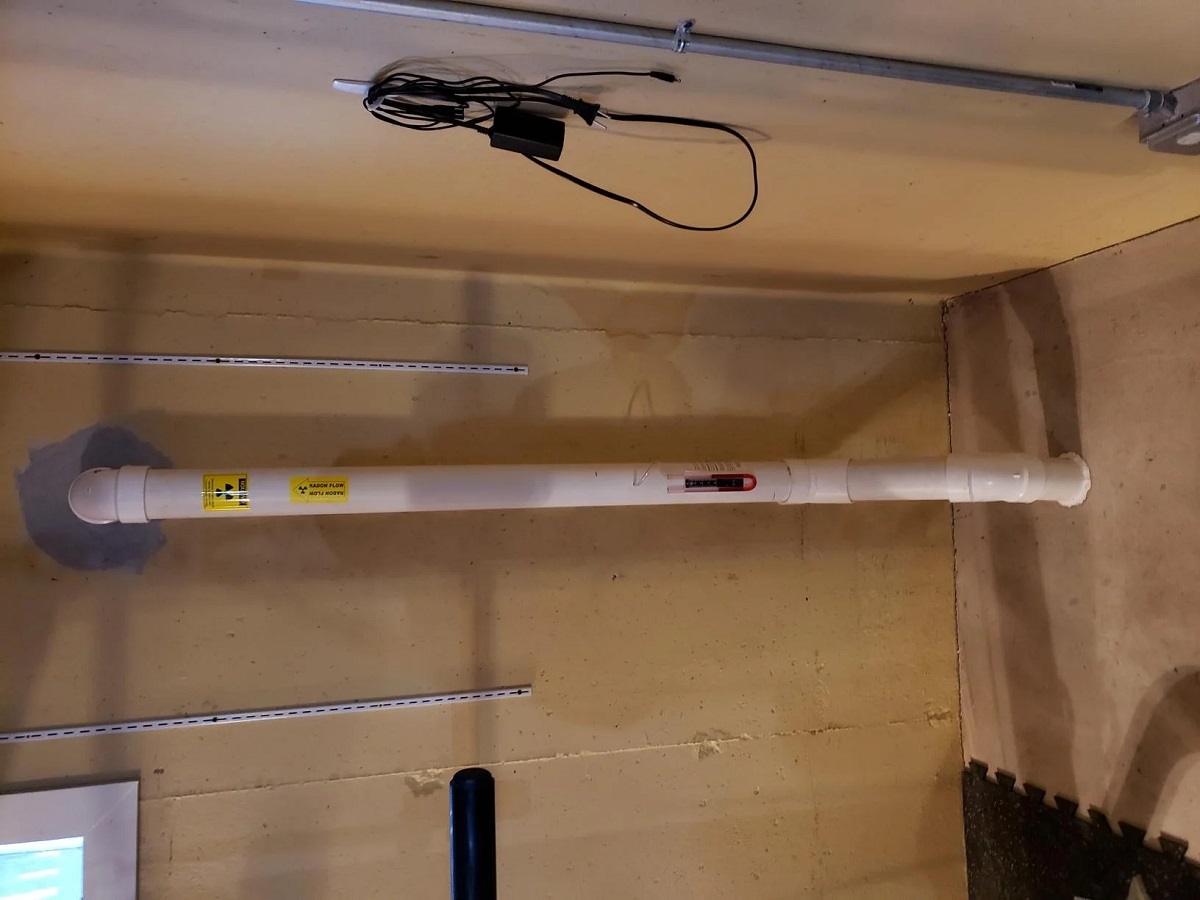
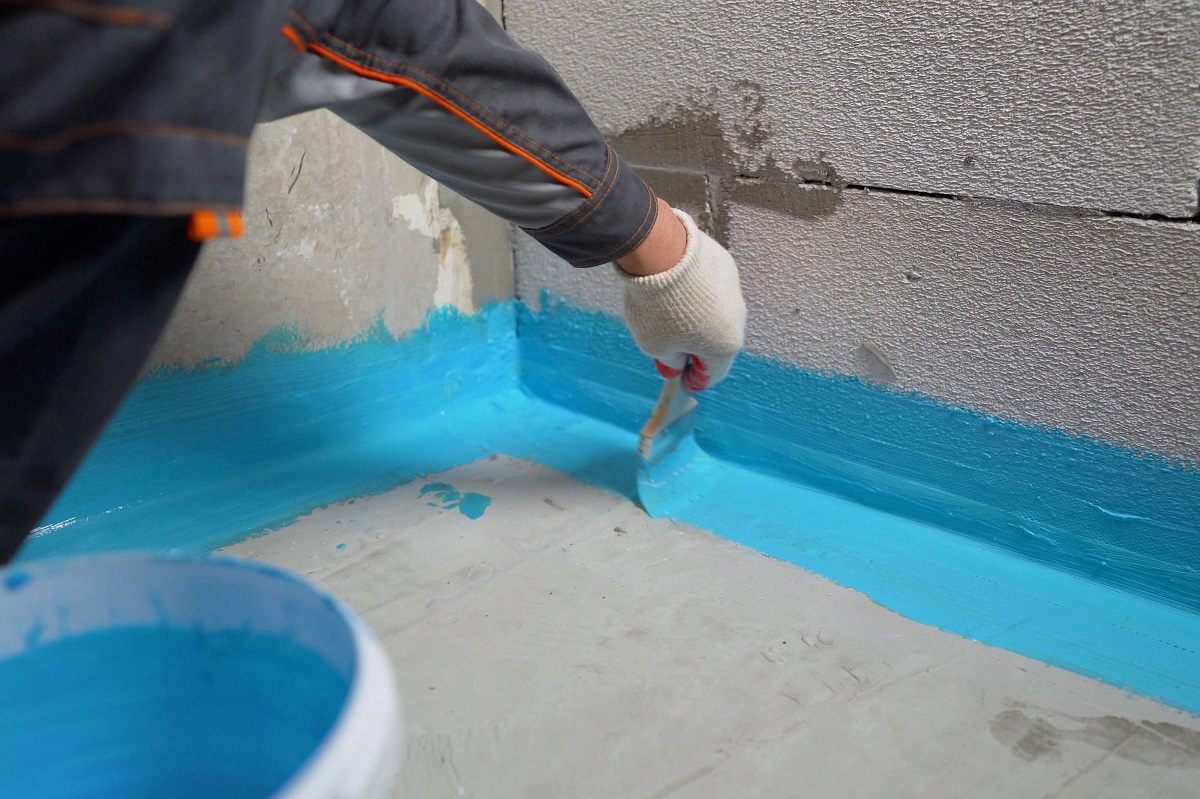
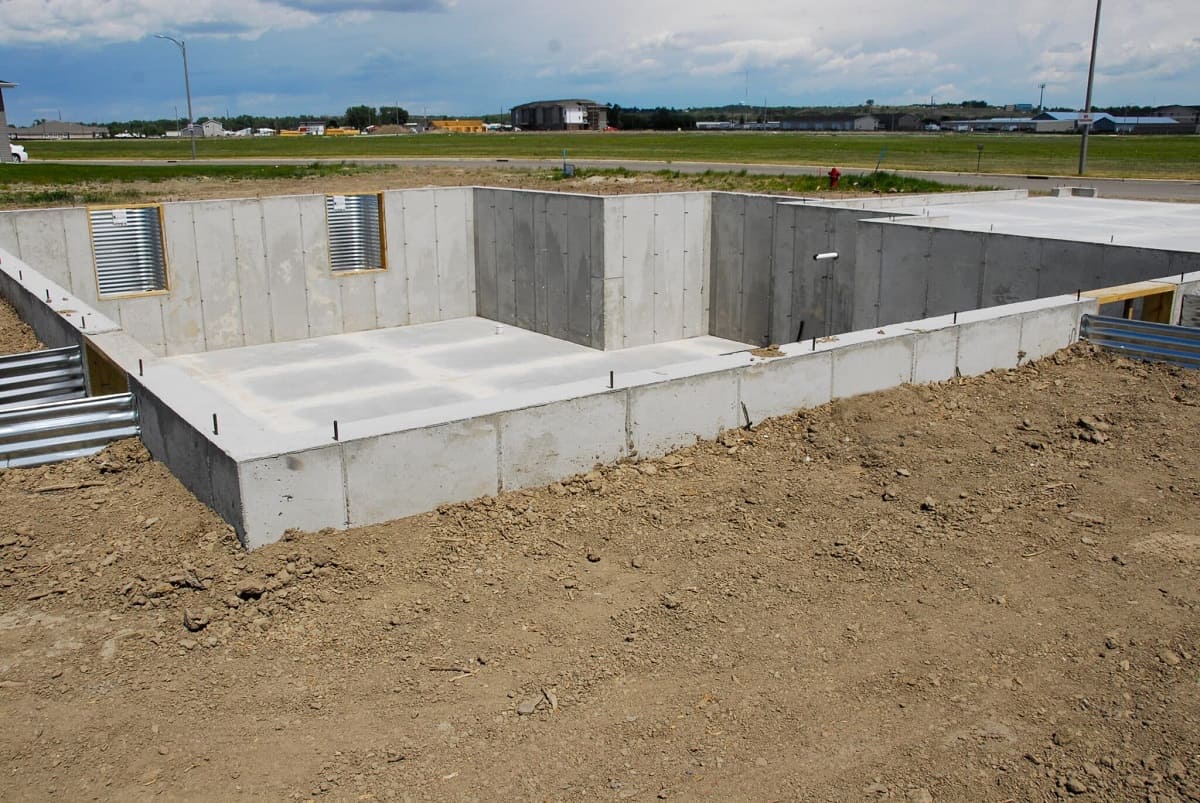
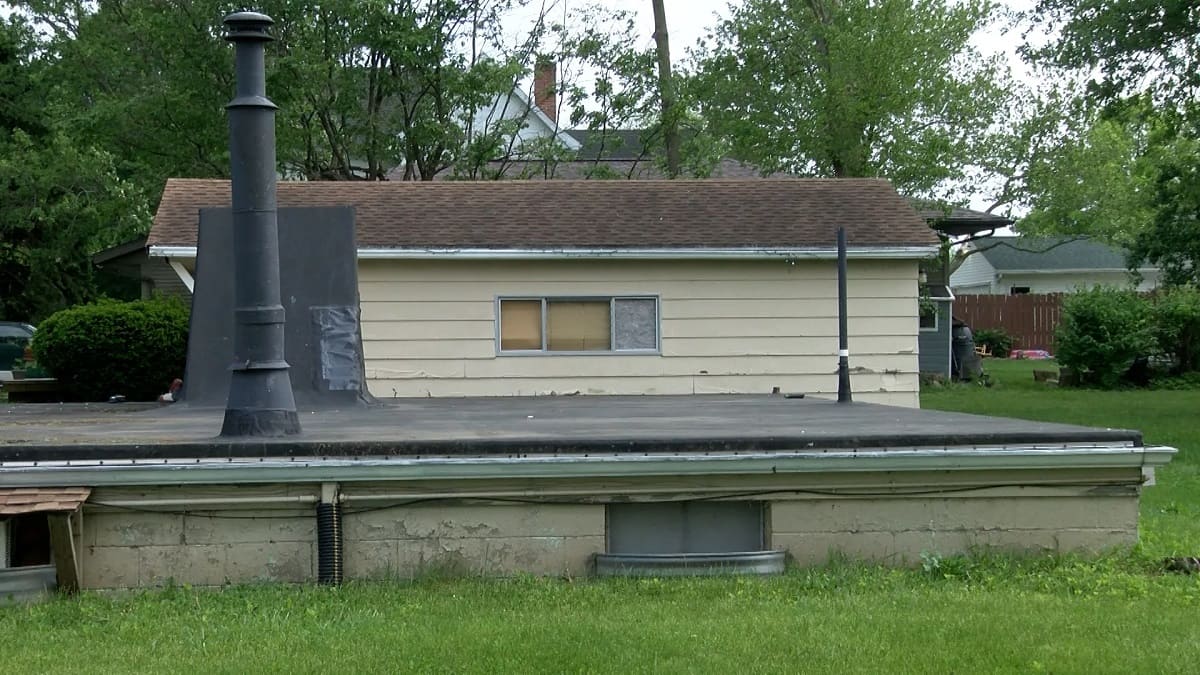
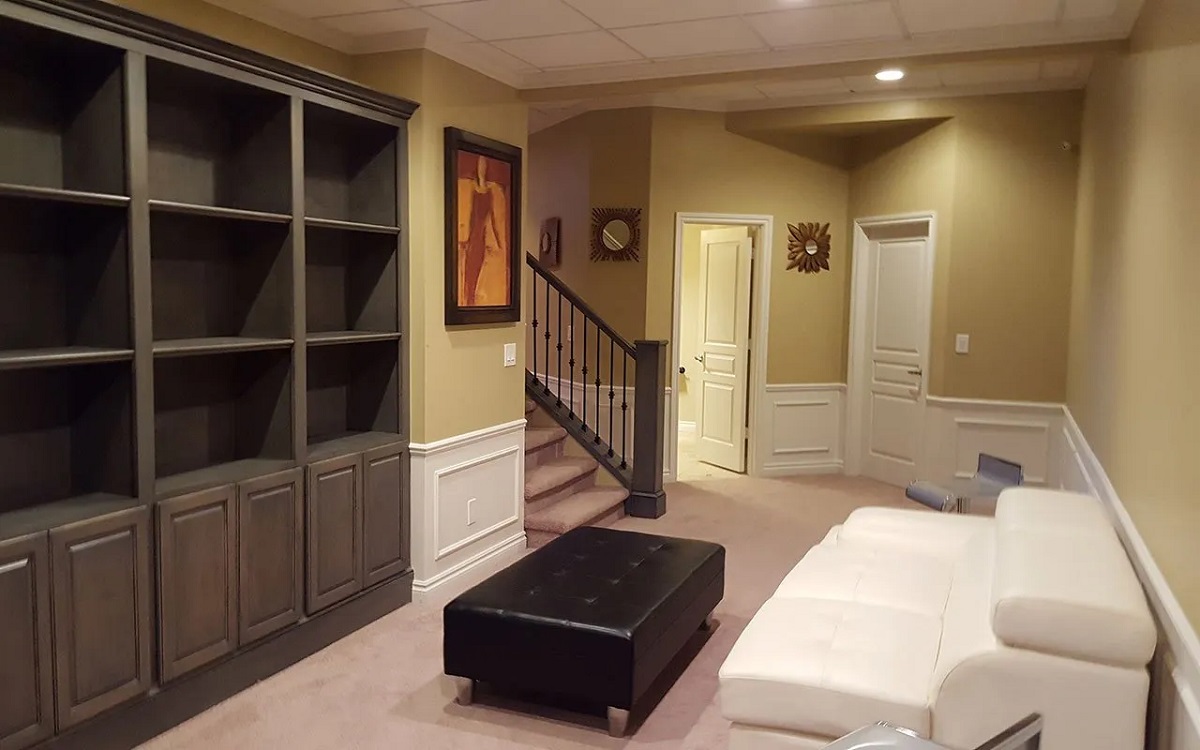

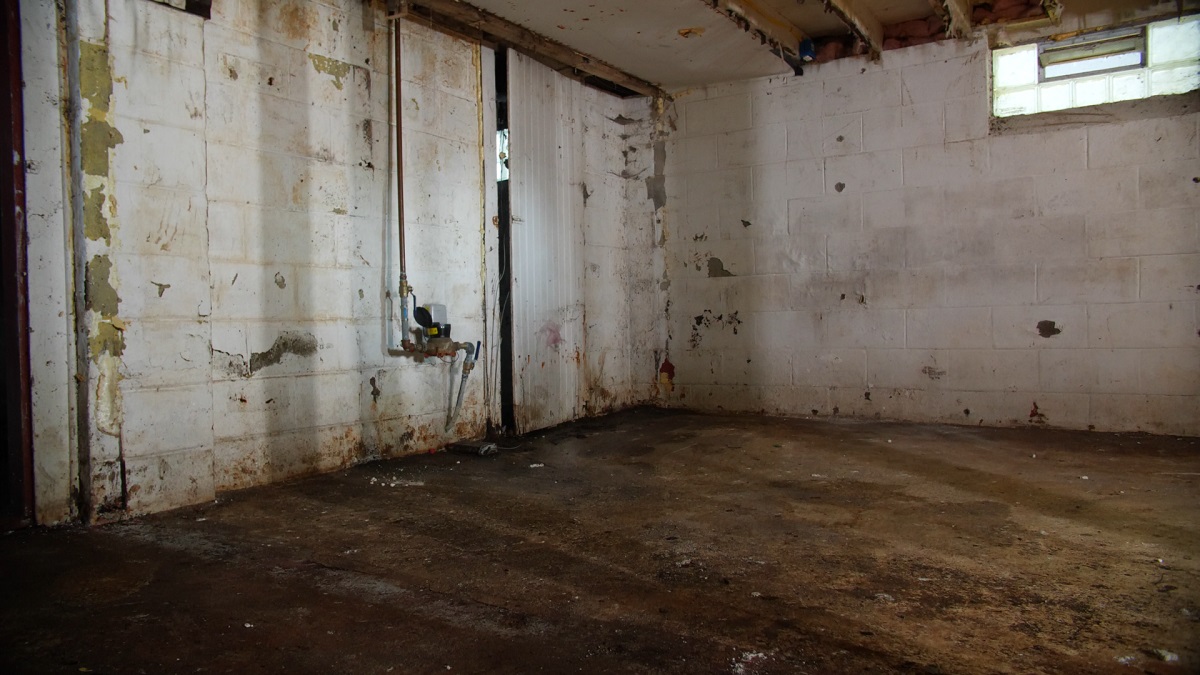
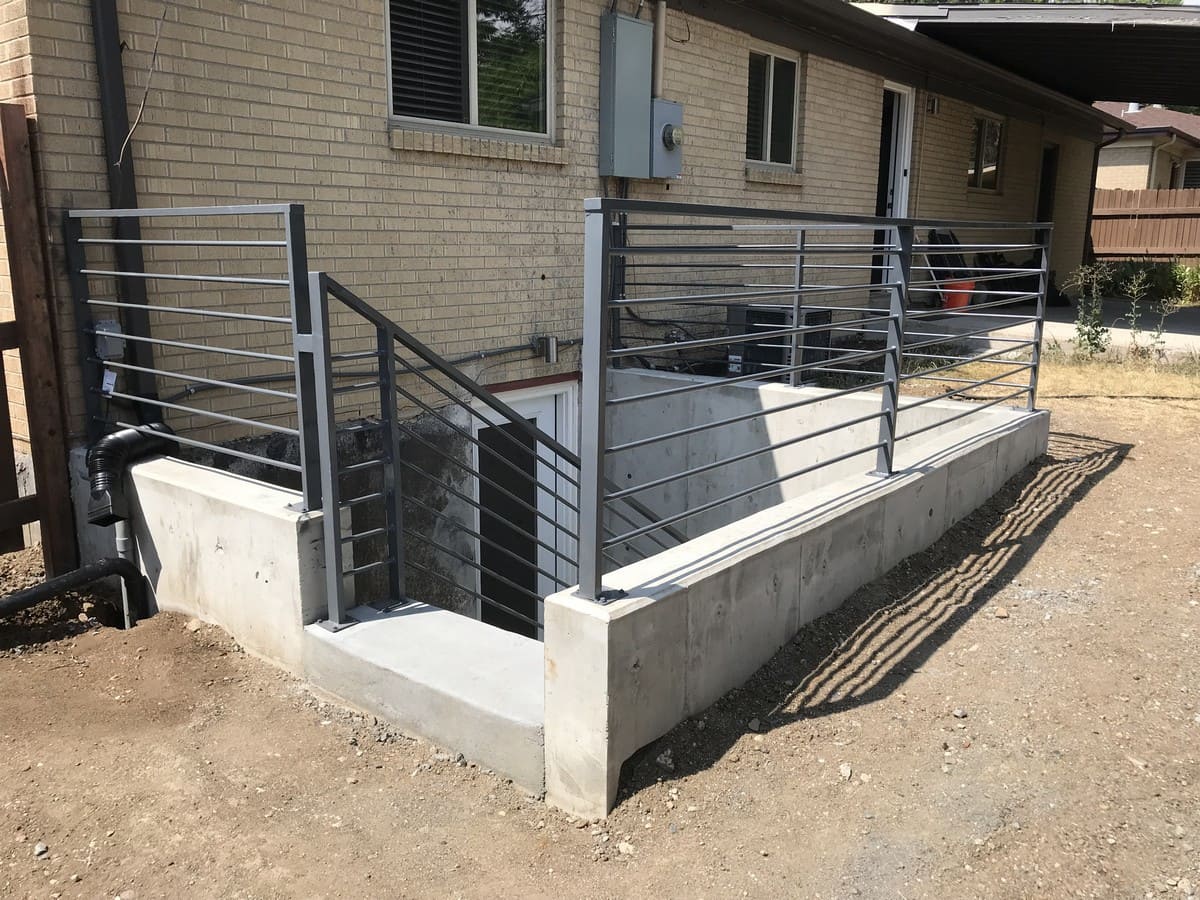
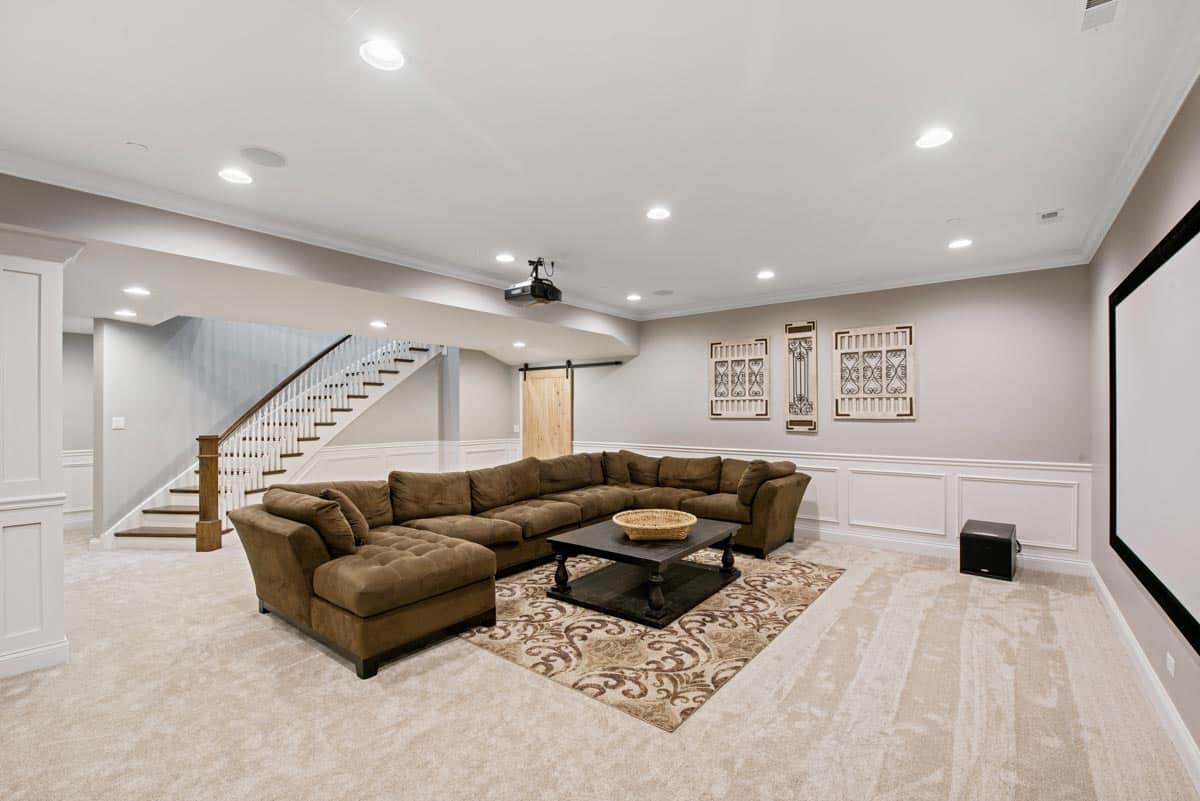

0 thoughts on “What Is A Basement Bulkhead”